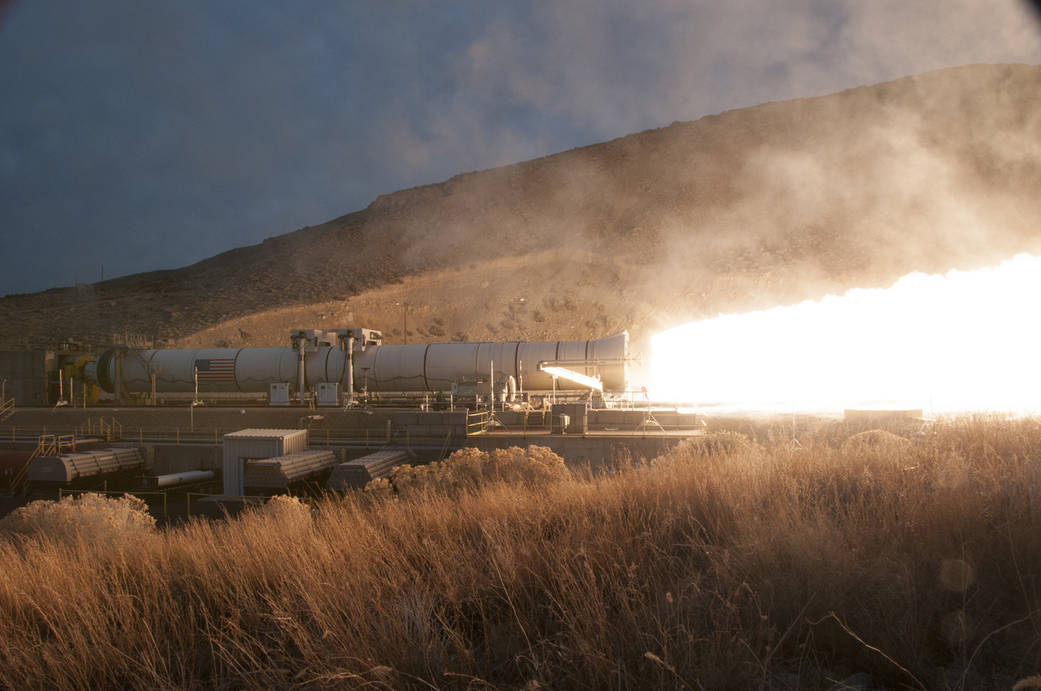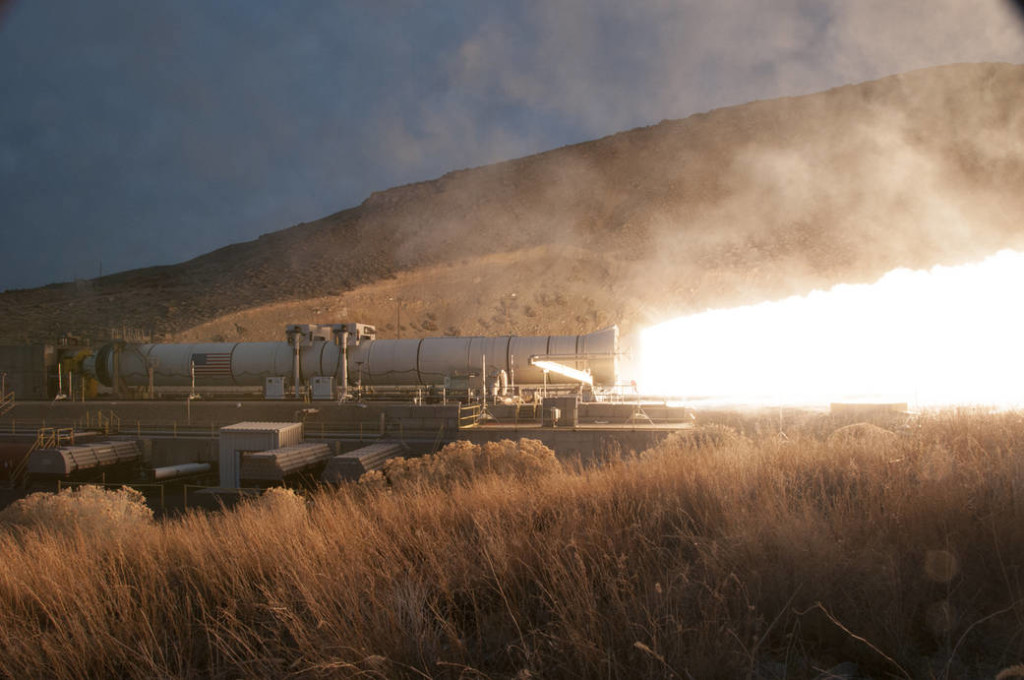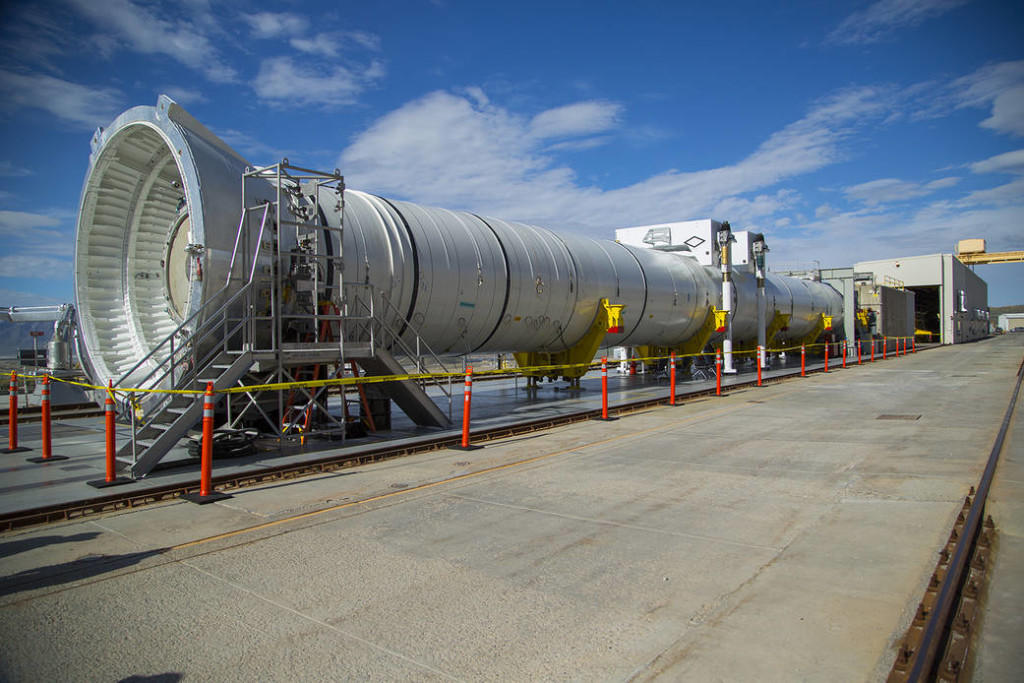Building a rocket takes time, but NASA is on track to launch the world’s biggest rocket in 2018.
Here’s a brief recap of last month’s progress on Space Launch System (SLS):
–New test structures for the rocket are being constructed, which will be used for structural load testing on the core stage intertank & engine section.
–Qualification testing has begun for the avionics system that will guide SLS on deep space missions. This is an important step to prepare SLS for its first flight. Approximately five miles of cable were installed in a half-ring structure for the test.
–A founding member of the Coalition, Orbital ATK is manufacturing the SLS solid rocket boosters. In March 2015, they completed the first full-scale ground test for booster qualification to see how the booster performed at high-temperature conditions. The booster passed the test with flying colors.
It is extremely important to understand how the range of temperature effects the ballistic performance of the propellant, as there is a narrow range of accepted temperatures for the propellant inside the booster. Since the booster passed the high-temperature test, the next test will evaluate how it performs at the colder end of its temperature range. This will take place in Utah on June 28th. The booster will fire up at a temperature targeted for 40 degrees Fahrenheit.
–Two solid rocket boosters will be part of SLS, and each will have five segments. The first of these segments was recently cast at an Orbital ATK facility. This means that the insulated metal case was filled with propellant and allowed to solidify for several days. This segment will be integrated with four other segments to make up one of the boosters.
For more about the boosters, check out this fact sheet from Orbital ATK.
Designed to meet a variety of crew and cargo needs, SLS will enable humans to travel beyond Earth’s orbit and eventually to Mars. This advanced launch vehicle will embark on its first flight in 2018.
To learn more about SLS, check out NASA.gov.



